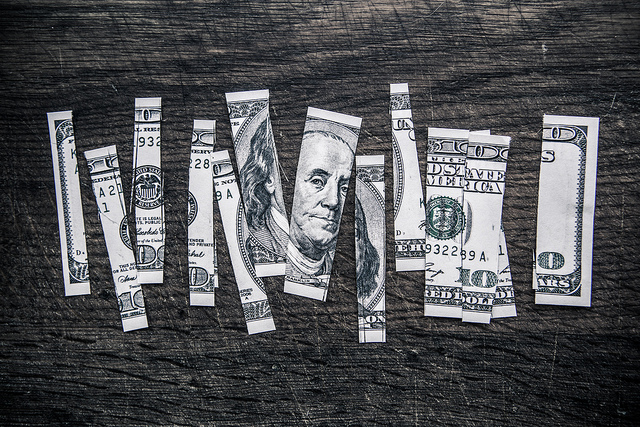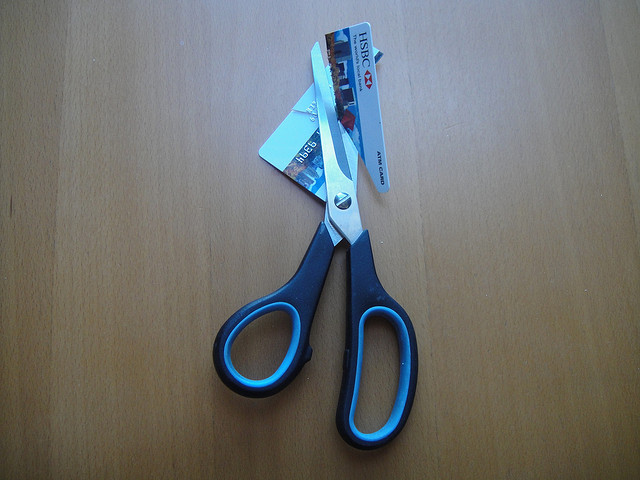If you are feeling tired, overwhelmed, stressed, bored, or lethargic then, you may have lost your groove or “mojo” (as Austin Powers calls it).
Groove refers to the energy and power to perform things easily and exceptionally. When you are in the groove, you are unstoppable at work and other areas of your life!
Losing it is unavoidable due to financial setbacks, breakups, and other unfortunate circumstances.
There will be days when you feel like you are not fully yourself. I too experience writer’s block every once in a while. But it is important to pick yourself up, shake off the past, and move on.
Reclaim what is rightfully yours by following these tips:
1. DO MORE OF WHAT MAKES YOU HAPPY
Happiness is an essential source of vigor. Begin by writing down a list of activities where you had so much fun. Re-live each moment mentally by reminiscing your happy times. Then, elevate your energy by recreating a couple or more of these activities.
2. TAKE GOOD CARE OF YOURSELF
Being in a rut does not mean that you have to look rotten too! Research suggests that if you look fabulous outside, you will feel fabulous inside. So style your hair differently, put on your favorite cosmetics, or wear clothes that make you feel stunning. Pretty soon you will realize that your groove relies on the self-confidence within.
3. TRAIN YOUR THOUGHTS
In the period of groove loss, you may experience a repetition of negative thoughts or worries. This is called rumination. Rumination can take a toll on your physical and mental well being. Solve this by training your thoughts.
Once it spirals off to the dark abyss, bring back the light by redirecting your mind to the positive memories, grateful thoughts, or anything pleasant. You may have to do this several times consciously until it comes naturally.
4. SHY AWAY FROM ELECTRONICS
It is easy to take things for granted because of how convenient everything is with modern technology. Say you are making a slogan for your ad campaign, instead of spending countless minutes browsing on your thesaurus, you just spend seconds to Google the synonyms.
I know you are tempted to drown yourself on K-Dramas or other television series when you feel low on “mojo” but it is hard to move on if you are avoiding things. Practice an electronics sabbatical by turning of the television, your laptop, tablets, and other devices for at least 3 days. Use this time to have an interesting conversation with your partner or kids. Tidy up your closet or organize your files as long as you do something productive and optimistic.












